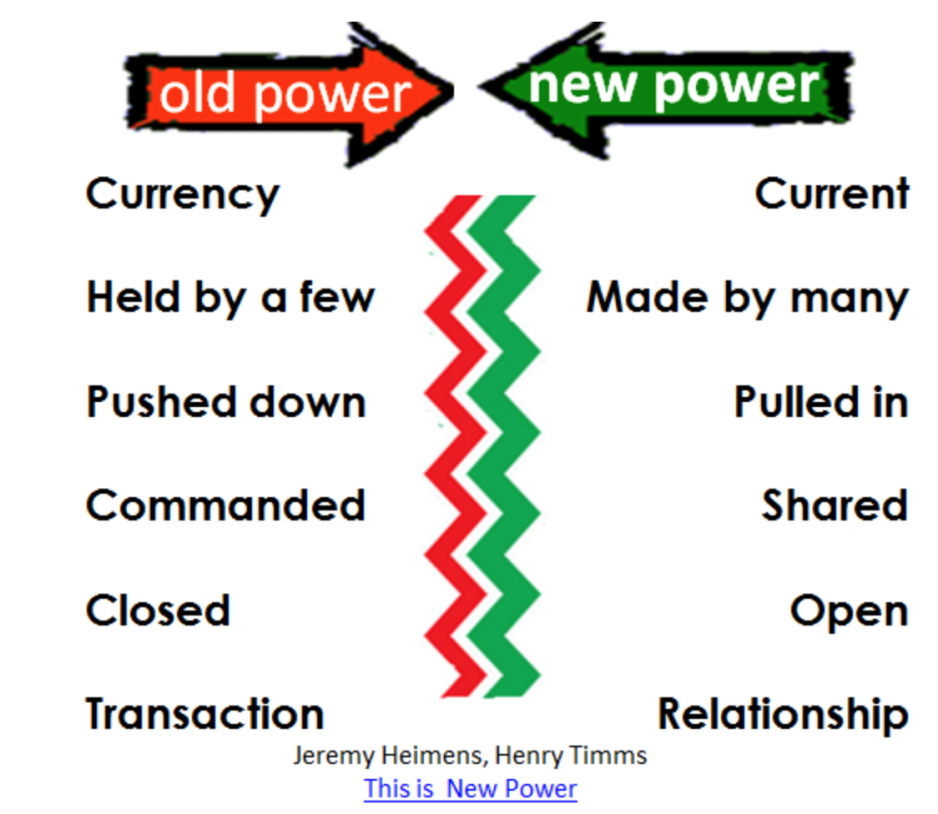By Dr. Jennifer Young, President, Ontario College of Family Physicians
Originally posted on OCFP's website

This word cloud summarizes the day that over 40 Ontario leaders of primary care spent together on September 21! We had the honour to share it with Dr. Robert Varnam, a family physician from the UK who has spearheaded some pretty big transformations within family practices and primary care over the last three years.
With significant support and funding from the National Health Service (NHS), Dr. Varnam has put together a list of 10 high impact actions that free up time of family physicians. The time freed up increases their capacity to serve their patients, to increase their work satisfaction and engage in leadership.
Facilitated by The Change Foundation, our group consisted of representatives from the OCFP, the Section on General and Family Practice, the Association of Family Health Teams of Ontario, the Nurse Practitioners Association of Ontario and primary care clinicians involved in successful innovations in their regions. From the Ministry of Health, Phil Graham (Executive Lead of the Ontario Health Teams) and Nadia Surani (Director of the Primary Health Care Branch) attended for a good portion of the day.
It was great to see everyone come together to constructively talk about the change from an eco-centric, rather than ego-centric, way. In our own practices, we need to think about how we can each connect to our own ecosystems of health in our communities.
Learnings from the UK – “New Power” is Enabling Change
My key takeaway from the successes of the UK work is that there was investment in the support and spread of innovations that were already happening in practices around the country. There were hours of ‘boots on the ground’ engagement BY family physicians WITH family physicians, with thousands of meetings and connections between clinicians. This “New Power” enables changes to be made by the people most affected by them, informed by their own realities. The process was building on strength, enabling existing resources, gathering great ideas and putting them in a format that is practical and accessible for family physicians.
What’s Next – Putting this New Power into Action
We followed this day with yet another installment of our Primary Care Virtual Community on September 25 where more than 100 people connected online, convened by The Change Foundation. We were demonstrating New Power in action!

The goal of these two events was to come up with our own "High Impact Actions" for Ontario. These actions can be seen to be things that we can do on our own (as are most of the UK 10 High Impact Actions) and changes that require more of a system-level intervention.
Outlined in this chart is what we've come up with - we also welcome your thoughts through this brief survey on where we should prioritize the focus:
Ways to free up your time for care |
How the system can better support you to care |
|
|
Let’s Connect
Sound overwhelming? Like any change, it is best to start with one small step, something that IS within your control. Be assured that the OCFP is tirelessly speaking up for what makes sense for a practicing family physician and their patients. We want to connect with you, we would love you to connect with us. Visit our website to hear more about our activities and/or join us for the next Primary Care Virtual Community – stay tuned to Twitter/email for updates about the next date. If you are thinking about joining an OHT, check out the OMA map of OHTs, as well as OHT-related resources through our growing online repository and the McMaster Forum’s RISE platform.
Simply put, we can all look inward to see how we alone can improve. And by looking beyond and building the New Power in our own ecosystem – and sharing those learnings with others – can make changes that sustain and grow. Your input to this change matters.
“Hopefully” yours,
Jennifer
Dr. Jennifer Young
OCFP President
